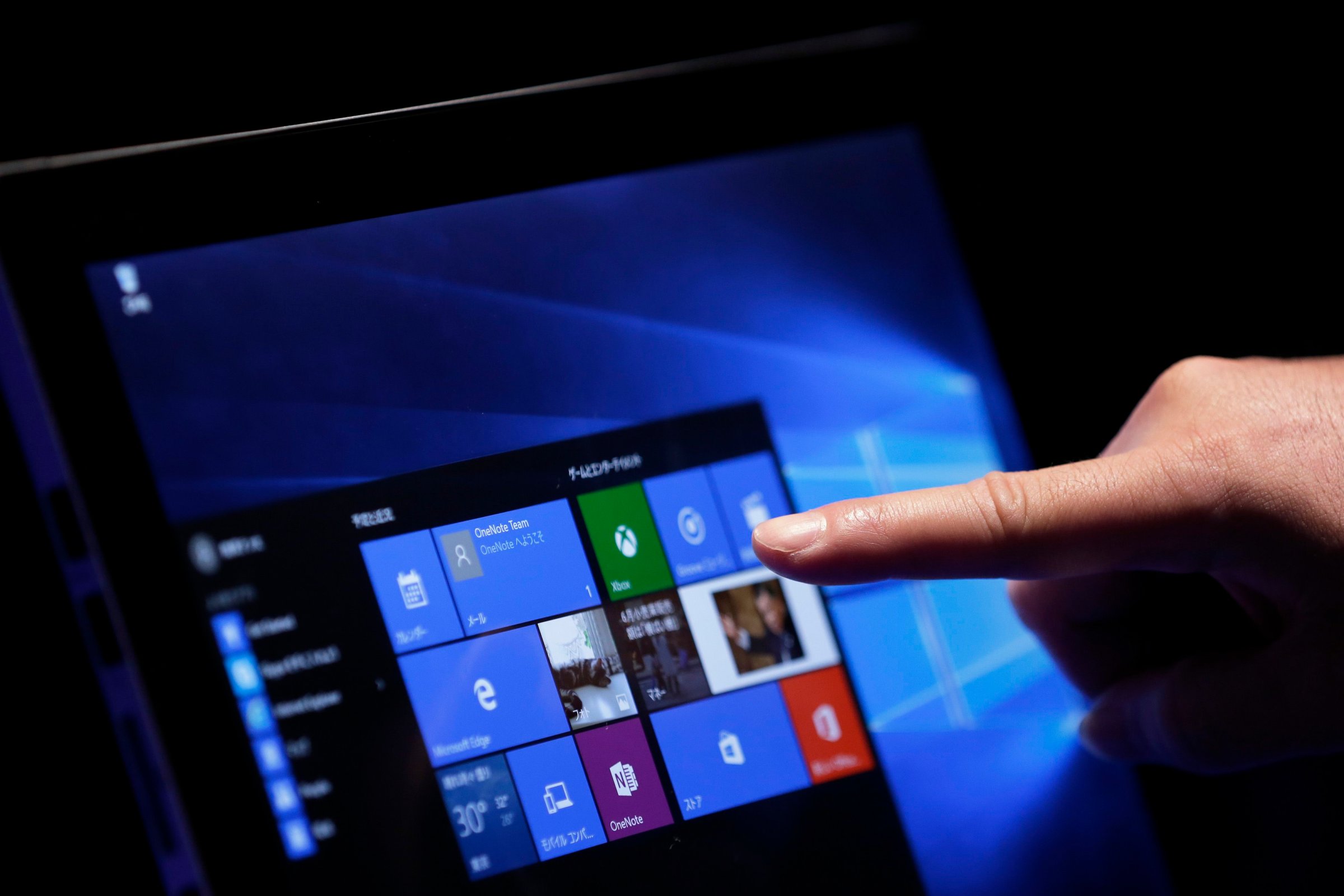
Microsoft is adding a handful of new features and improvements to its Windows 10 operating system starting Nov. 12, the company announced in a blog post.
Microsoft is billing the additions as being its first major update for Windows 10 since the operating system officially launched in July. Several new features focus on enterprise customers, but Microsoft threw in a few goodies for the everyday user, too. For instance, the update is said to improve general performance across Windows 10 computers. Microsoft claims it will make common tasks 30% faster compared to those performed on a Windows 7 computer.
Cortana, Microsoft’s virtual assistant available in Windows devices, is getting a little smarter too. With the update, Cortana will be able to send users reminders regarding upcoming events and movie times so that they know when to leave to get to the theater on time. This is similar to what the Google Now personal assistant in Android does. Cortana can also offer up the option to book an Uber to your upcoming appointment. If you’re using a Windows device that supports pen input, like the Surface Pro, Cortana will be able to keep track of addresses, phone numbers, and email addresses relevant to the notes you scribble.
Some improvements are also coming to Microsoft’s Edge web browser that make it easier to multitask. The new tab preview feature allows users to hover over any given tab to get a snapshot of what’s on that website without leaving their current tab. Items from favorites and reading list will now sync across devices as well.
There are also other tweaks coming to apps such as Mail, Calendar, Photos, and OneNote.
The new update brings some useful tools for businesses, too. There’s a Windows Store for Business which gives organizations more control over how apps are distributed on devices within the company. Another addition makes it easier to manage how updates are deployed throughout enterprise devices as well.
Windows 10 officially launched on July 29, and is currently installed on 110 million devices. The software upgrade addressed some of the pain points consumers encountered with Windows 8, which had a somewhat rocky launch in 2012. Windows 10 re-introduced the Start menu to the Windows ecosystem, for instance, although the Windows 10 menu looks and feels different than that of previous Windows iterations.
More Must-Reads from TIME
- Cybersecurity Experts Are Sounding the Alarm on DOGE
- Meet the 2025 Women of the Year
- The Harsh Truth About Disability Inclusion
- Why Do More Young Adults Have Cancer?
- Colman Domingo Leads With Radical Love
- How to Get Better at Doing Things Alone
- Michelle Zauner Stares Down the Darkness
Contact us at letters@time.com